Confined Space Equipment: A Comprehensive Guide
Confined space equipment refers to any tool, device, or system designed to protect, assist, or rescue workers who are operating within a confined space. These tools range from simple items like helmets, radios, and warning signs to more complex systems such as gas detectors, manhole pumps, and retrieval devices. The primary purpose of this equipment is to ensure the safety and efficiency of workers in hazardous environments.
In essence, any tool that helps a worker perform their tasks safely and effectively within a confined space can be considered confined space equipment. This guide will explore what constitutes a confined space, the dangers associated with it, and the essential equipment used to manage those risks across various industries.
Confined space equipment is widely used in sectors such as oil and gas, mining, construction, power generation, wastewater management, and maritime operations. Whether it's for inspection, maintenance, or emergency response, the right equipment plays a crucial role in preventing accidents and ensuring compliance with safety regulations.
This guide will provide an in-depth look at the definition of a confined space, the types of hazards involved, and the key equipment used to mitigate these risks. It will also highlight how modern technology, including drones, is transforming the way we approach confined space work.
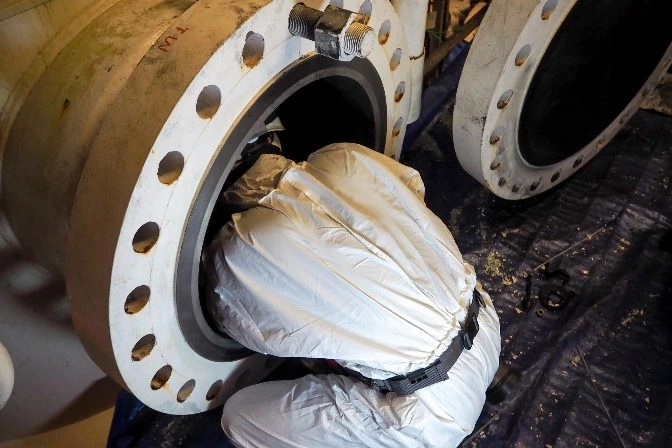
What Is a Confined Space?
A confined space is typically defined as an area that is large enough for a person to enter and perform specific tasks, but not designed for continuous human occupancy. These spaces often have limited entry and exit points, which can pose significant challenges for workers and rescuers alike.
Common examples of confined spaces include air ducts, manholes, tanks, tunnels, pipelines, silos, and storage containers. While many of these areas may appear harmless, they can present serious risks if proper precautions are not taken.
According to OSHA, a space qualifies as a confined space if it meets three criteria: it has limited access, is not intended for regular occupancy, and is large enough for a person to enter. If a space meets all three, it must be treated with caution and managed according to strict safety protocols.
Understanding the definition of a confined space is the first step in identifying potential hazards and implementing the right safety measures. The next section will explore the dangers associated with working in such environments.
[For a detailed understanding of industrial work in enclosed areas and how to identify and manage confined spaces in your workplace, check out this helpful Flyability guide.]
Dangers of Confined Space Entry
Working in a confined space comes with a variety of risks that can endanger both the worker and those attempting to rescue them. These hazards can include atmospheric conditions, chemical exposure, engulfment, fire, and mechanical dangers. Without the right equipment, these risks can quickly escalate into life-threatening situations.
Some of the most common dangers include:
- Atmospheric Hazards: Oxygen deficiency, toxic gases, and flammable vapors can create dangerous conditions inside a confined space.
- Chemical and Biological Exposure: Dangerous bacteria or chemicals can cause illness or injury upon contact.
- Engulfment: Workers can be trapped by liquids or loose materials, leading to suffocation or injury.
- Fire Hazards: Flammable gases or dust can lead to explosions or fires.
- Mechanical and Physical Hazards: Noise, heat, radiation, and poor lighting can all contribute to unsafe working conditions.
- Rescue Hazards: Rescue operations in confined spaces are particularly risky, with over 60% of fatalities involving would-be rescuers.
These dangers underscore the importance of using the right equipment and following established safety procedures when entering a confined space.
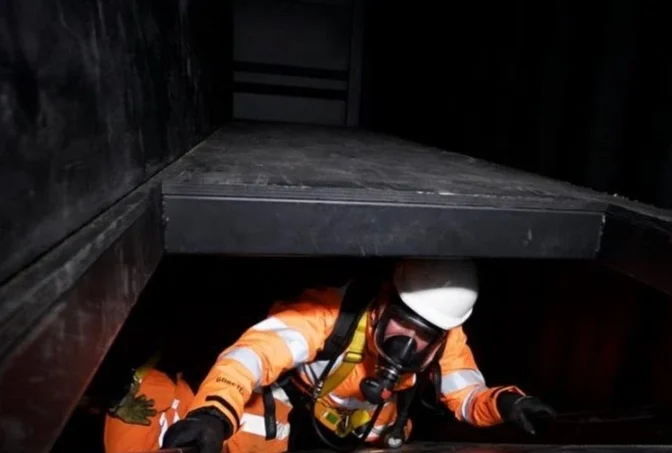
Requirements for Confined Space Entry
To ensure the safety of workers, confined space equipment must meet certain standards and requirements. This includes protecting entry and exit points, providing ventilation, and offering safe means of access and egress. Additionally, all equipment should comply with industry-specific ANSI standards.
Before any worker enters a confined space, a permit is often required to ensure the environment is safe and all necessary precautions are in place. This process involves assessing the space, identifying hazards, and establishing a plan for safe entry and emergency response.
Permit-Required Confined Spaces
A permit-required confined space is one that contains additional hazards beyond the basic criteria. These may include atmospheric, chemical, or physical dangers that require special handling. In such cases, a formal permit must be issued before any work can begin.
The permit typically outlines the purpose of the entry, the time frame, the authorized personnel, and the methods for communication and hazard control. This ensures that all parties are aware of the risks and the steps needed to mitigate them.
Non Permit-Required Confined Spaces
Some spaces may not meet the criteria for a permit-required confined space and therefore require less stringent controls. Examples include crawl spaces, drop ceilings, and ventilated tunnels. Even in these cases, it’s important to assess the environment and implement appropriate safety measures.
Types of Confined Space Equipment
Confined space equipment is designed to address the unique challenges of working in restricted environments. From communication tools to advanced robotics, each piece of equipment plays a critical role in ensuring worker safety and operational efficiency.
Communication Equipment
Effective communication between workers inside and outside of a confined space is essential. This is why communication equipment such as radios, headsets, and talk boxes are commonly used. These tools allow for real-time updates and quick responses to emergencies.
Key components of communication systems include microphones, speakers, headsets, and carrying cases. These systems help maintain connectivity even in the most challenging environments.
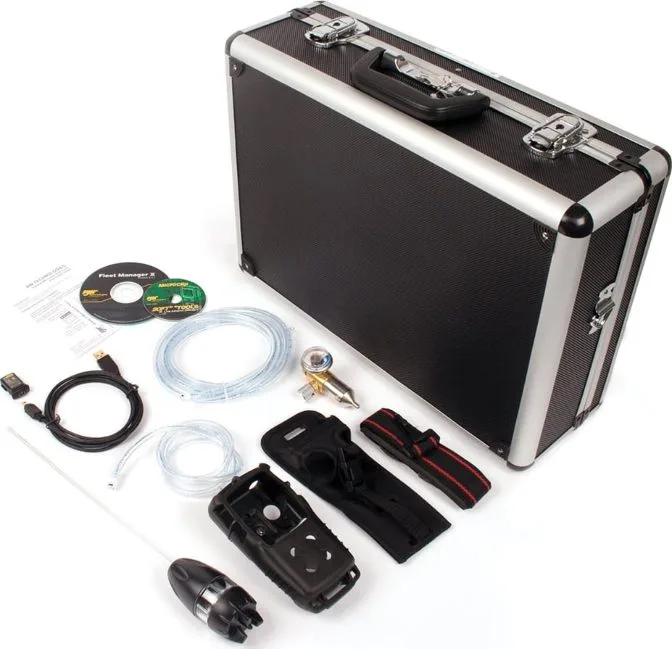 Source: TEquipment
Source: TEquipment
Descent, Rescue, and Retrieval Systems
Many confined spaces require workers to be lowered in and raised out, making descent and retrieval systems vital for safety. These systems include fall arresters, harnesses, hoists, pulleys, and tripods, which are used to secure and retrieve workers in case of an emergency.
Proper use of these systems can prevent injuries and ensure that rescues are conducted efficiently and safely.
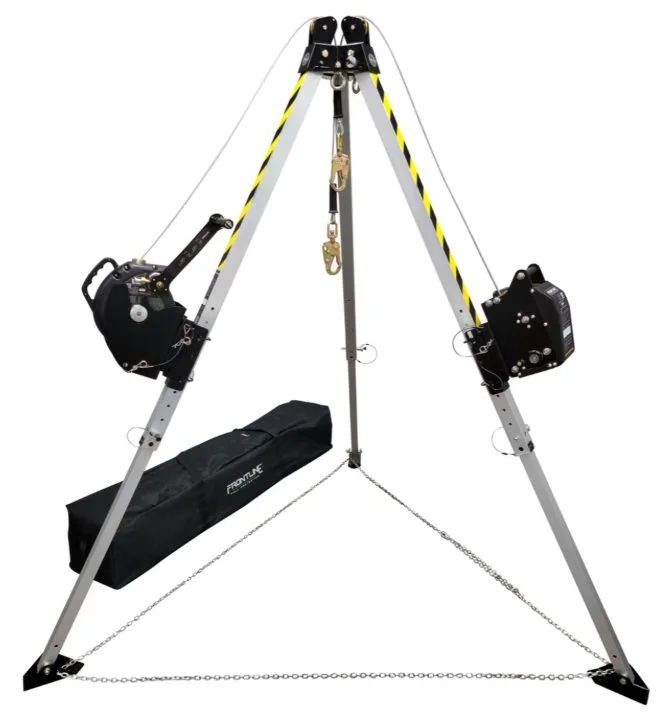 Source: ISP
Source: ISP
Medical Equipment
Even with the best safety measures, accidents can still occur. Having medical equipment on hand is crucial for responding to emergencies. This includes breathing apparatuses, first aid kits, resuscitators, and stretchers, which can save lives in critical situations.
Workers should always have access to emergency medical supplies, especially when working in high-risk environments.
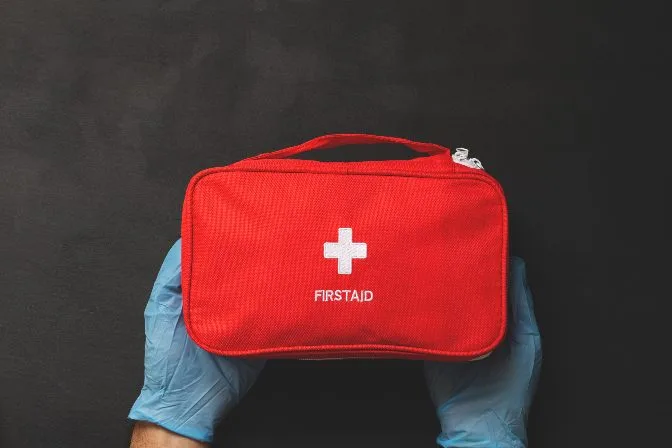
Meters and Monitors
Air quality monitoring is essential in confined spaces where atmospheric hazards may exist. Gas detectors and air quality meters are used to identify dangerous levels of oxygen, toxic gases, or flammable vapors. These devices help workers make informed decisions about whether it is safe to enter or continue working in a confined space.
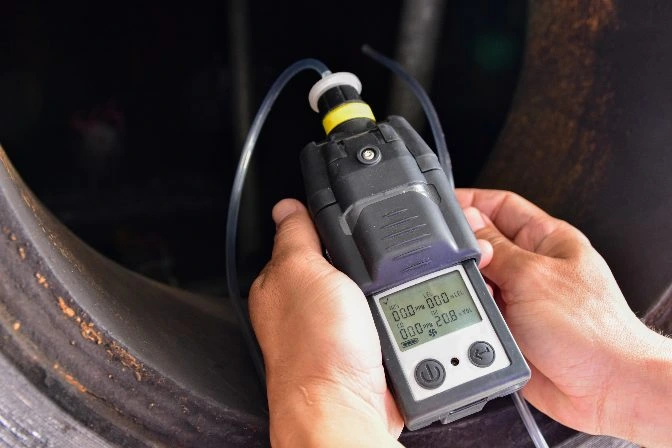
PPE (Personal Protective Equipment)
Personal protective equipment (PPE) is a fundamental part of confined space safety. This includes items such as hard hats, gloves, eye protection, and reflective clothing. PPE helps reduce the risk of injury from physical, chemical, or environmental hazards.
Workers should always wear the appropriate PPE for the specific task and environment they are working in.
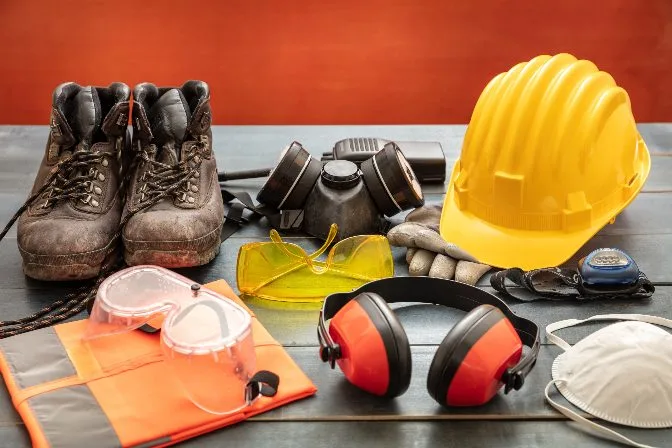
Signage and Permits
Clear signage is essential for identifying confined spaces and warning others of potential hazards. Signs should be visible, easy to understand, and placed strategically around the work area. Common messages include “Enter By Permit Only†and “Authorized Personnel Only.â€
Permits are another critical component of confined space safety. They ensure that all necessary precautions are taken before entry and that only trained personnel are allowed to work in the space.
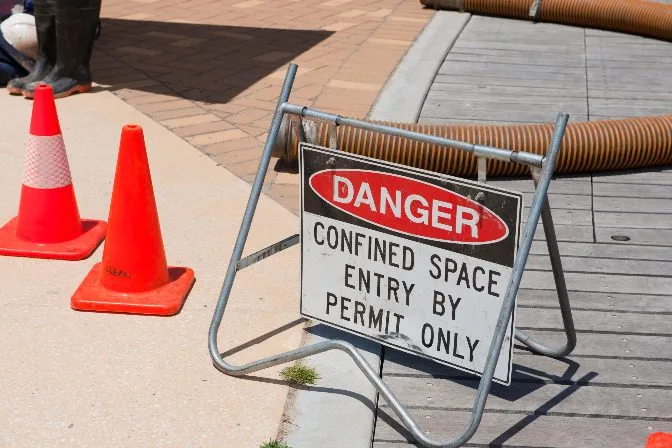
Ventilation Equipment
Proper ventilation is crucial in confined spaces where airborne contaminants may be present. Ventilation equipment such as blowers, fans, and ducts helps remove harmful gases and improve air quality. This reduces the risk of respiratory issues and other health problems for workers.
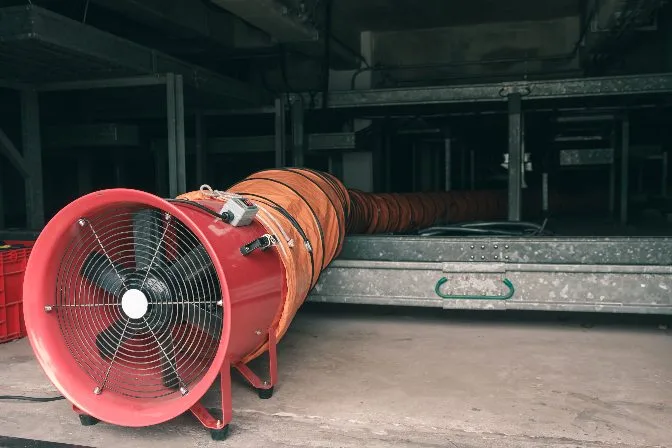
Confined Space Equipment for Data Collection and Inspection
Modern technology has introduced new tools for inspecting and collecting data in confined spaces. Devices such as camera-on-a-stick, crawler robots, snake robots, and climber robots allow inspectors to gather information without direct human entry. These tools are especially useful in areas that are difficult or dangerous to access.
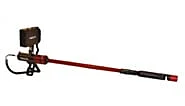
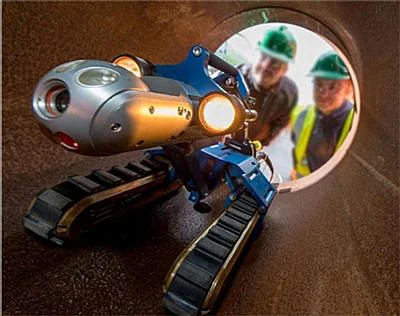
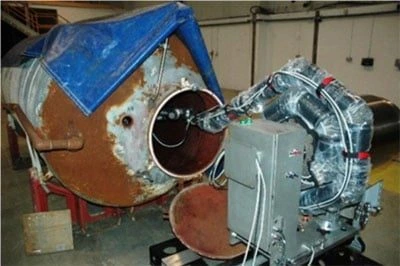
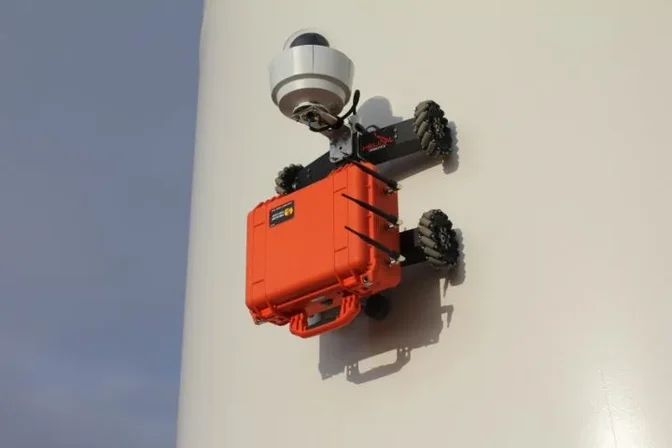
Drones as Confined Space Equipment
Drones, or uncrewed aerial vehicles (UAVs), are revolutionizing the way we approach confined space inspections and data collection. Unlike humans, drones are not affected by noise, lack of oxygen, or airborne chemicals, making them ideal for exploring dangerous or inaccessible areas.
One of the biggest advantages of using drones is their ability to collect data quickly and accurately. This reduces the need for workers to enter confined spaces, thereby improving safety and efficiency. Drones can also reach areas that are too small or too dangerous for humans to access directly.
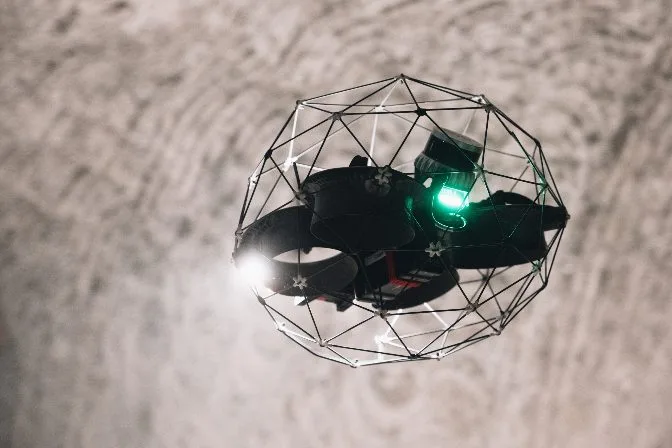 Elios 3 drone used for confined space inspections
Elios 3 drone used for confined space inspections
As the cost of UAVs continues to decrease, their use in confined space operations is becoming more widespread. Companies are already seeing the benefits of using drones for inspections, reducing costs, and minimizing risks to human workers.
For example, Flyability’s Elios drone was able to access previously unreachable parts of a mine in record time, while another project saved a company $50,000 by using a drone instead of professional climbers for chimney and boiler inspections.
It’s clear that drones are becoming an essential part of confined space equipment. While traditional tools and systems will remain important, the future of confined space work is likely to be dominated by unmanned technology that makes the job safer, faster, and more efficient.
Silicon Carbide Section Machine
Silicon Carbide Section Machine,Carbide Sectioning Machine,Carbide Cutting Machine,Circular Cutting Machine
Changzhou Kuaile Technology Co., Ltd , https://www.quartzglasssectionmachine.com